廣告 ADS

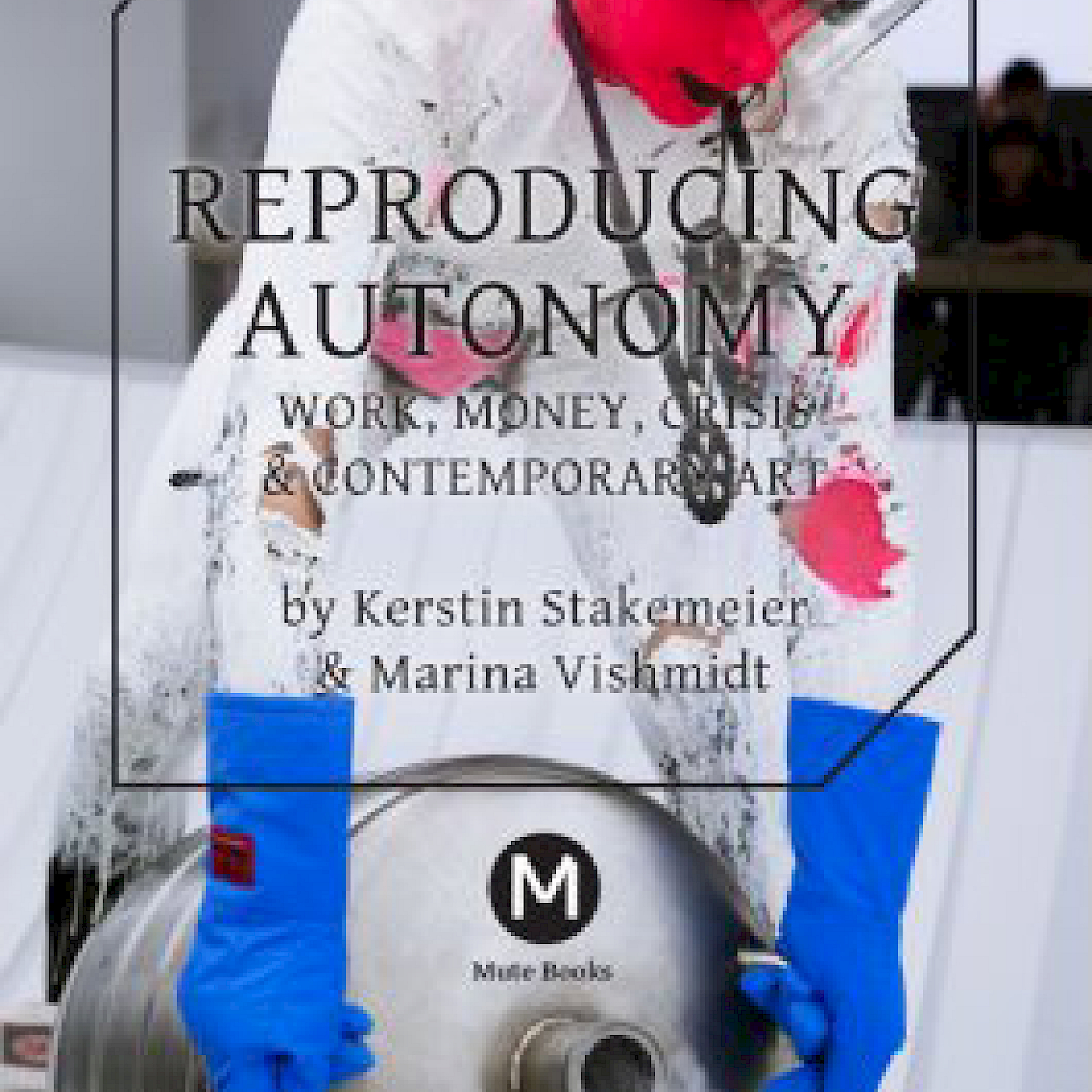
Reproducing Autonomy: Work, Money, Crisis and Contemporary Art
Text by // Kerstin Stakemeier & Marina Vishmidt
ISBN ISBN paperback // 978-1-906496-99-9 Press publisher // Mute Books
Publication Date publication date // 2016 Nian 5 Yue
Issued by // Distributed the Anagram Books
Progress in autonomy can not be – nor historically has it ever been -. Measured in quantitative units Rather, the need for autonomy is repositioned in relation to society’s political, economic, and cultural developments on an ongoing basis What do we mean when we speak of. ‘autonomy’ and ‘reproduction’ in the field of contemporary art? What kind of objects do these terms encompass, what are their histories, and what internal logical relations can we identify between these concepts? How do they operate in a philosophical discourse about art and in political theory and practice?
In this book, Marina Vishmidt and Kerstin Stakemeier analyse ‘autonomy’ and then ‘reproduction’, in the understanding that this method of categorical isolation must be overcome if we are to reach towards the relationship of the two terms. These three essays establish a new framework to locate notions of artistic autonomy and autonomies of art The texts not only offer an entrance into thinking about the role that autonomy has occupied in modern European intellectual history;. they also put forward an original thesis.
This outstanding multipart discursus on aesthetic autonomy begins with the constitutive ‘freedom’ of art production from the socially necessary abstract labour demanded of all other labour in the capitalist economy. After establishing this basic autonomy, the book proceeds to unfold other aspects that point to art’s simultaneous heteronomy in its present economic and social roles, and in so doing, unpacks salient contradictions regarding art’s imbrication, and privileged position within, capital’s conflict ridden present. The subordination of reproductive labour becomes important for the theoretical structure of this book. Throughout their argument , Stakemeier and Vishmidt trace connections between art, aesthetic autonomy and reproductive labour – the traditionally feminine labour of housework, child rearing, affective labour, among other things – and where they pursue the possibility that a more corrosive quality to that autonomy might result from their overlap, the work goes into truly uncharted territory.
– Melanie Gilligan
Countering liberal conceptions of the autonomous entrepreneurial subject, Kerstin Stakemeier and Marina Vishmidt side with those cast in the role of the heteronomous, such as domestic and reproductive workers. From the vantage point of reproductive labour, Stakemeier and Vishmidt make a compelling case for the ongoing relevance of the notion of autonomy in the context of art, beyond and against modernist accounts of self-sufficient artworks produced and received by self-sufficient subjects. Vishmidt and Stakemeier operate like true feminist materialists, looking more than a little bit closer, and tarrying with thought as a mode of praxis.
– Sven Lütticken, Editor of Art and Autonomy’s(Afterall, 2016)

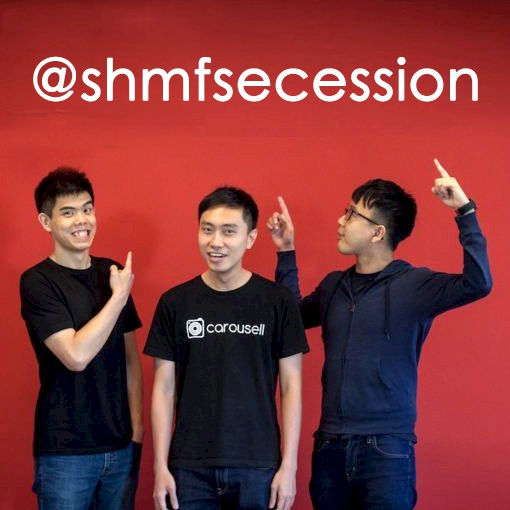

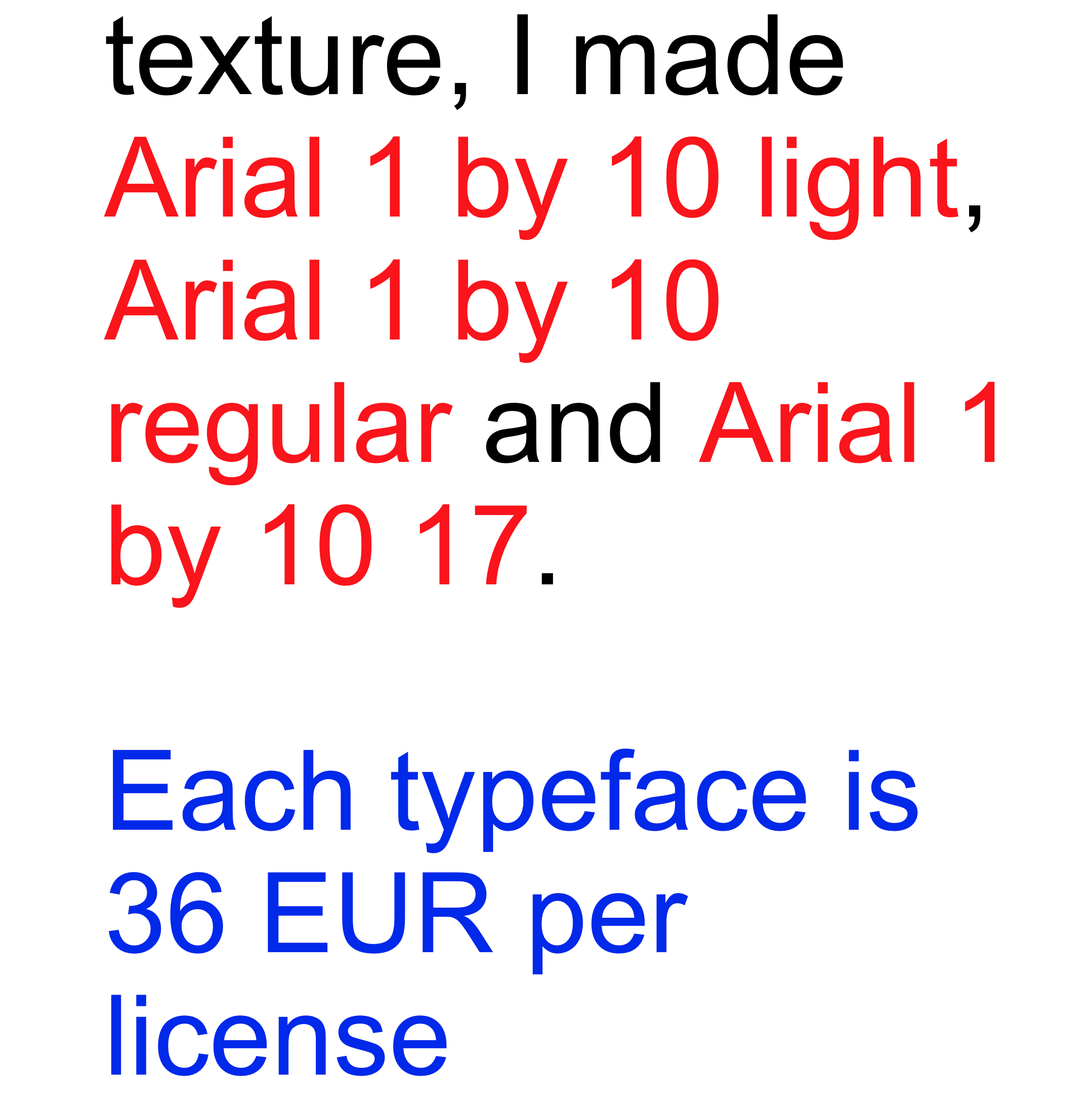
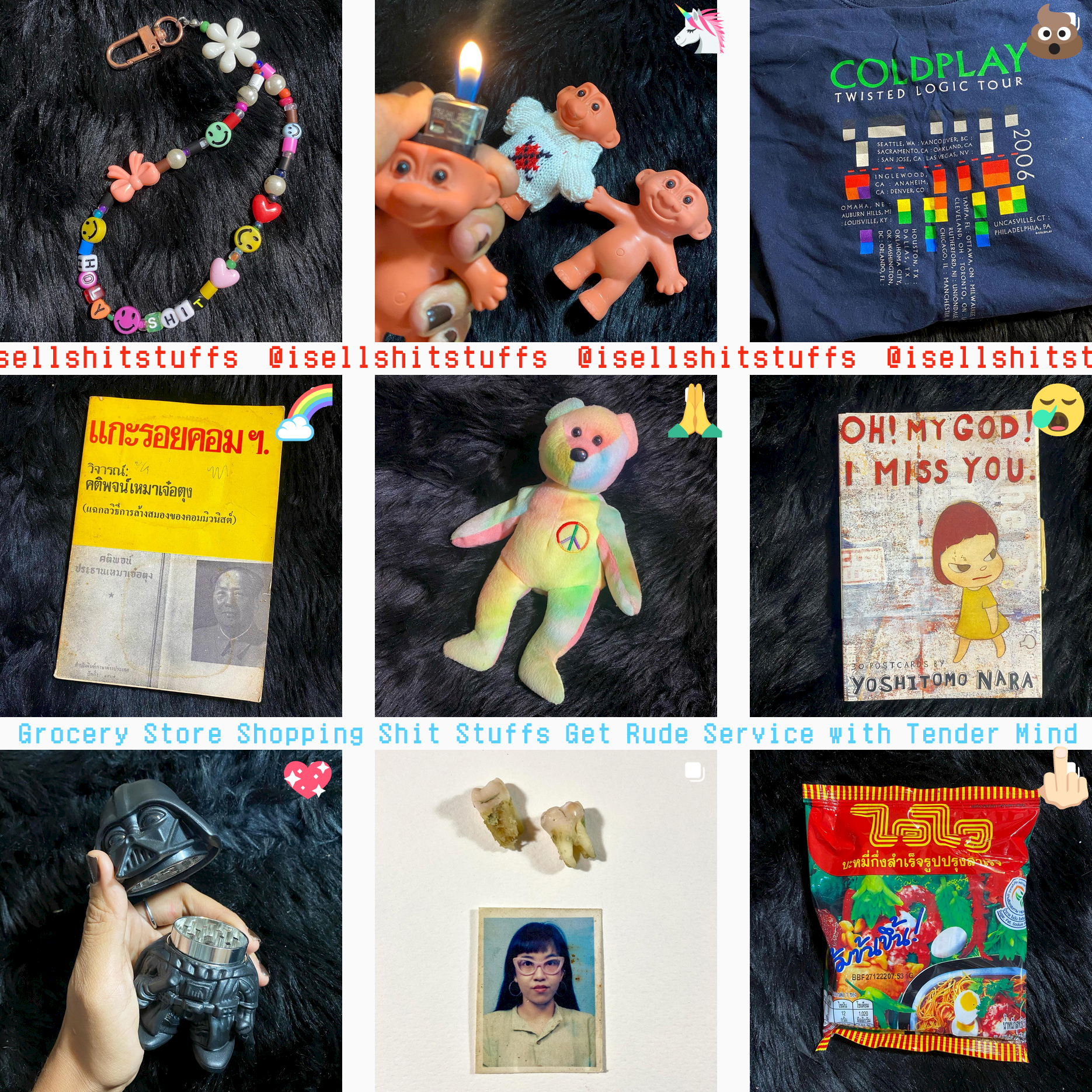
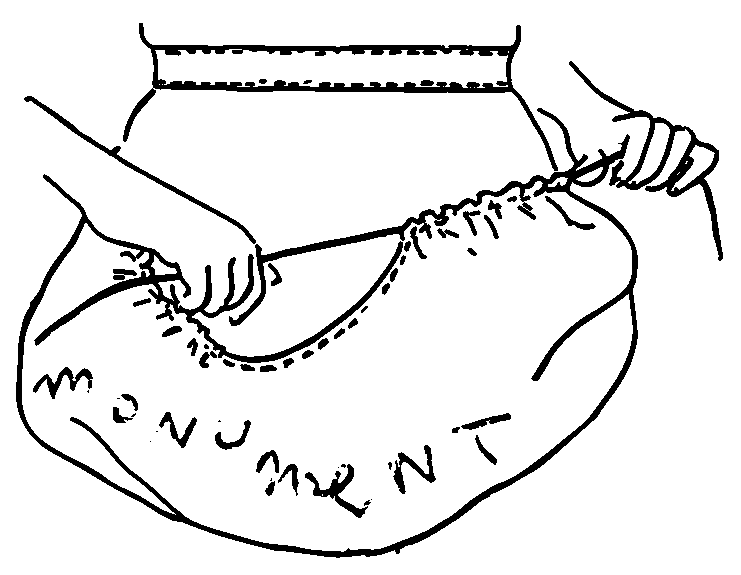
評價 Reviews
Your e-mail address will not be published
* 必填 Required fields